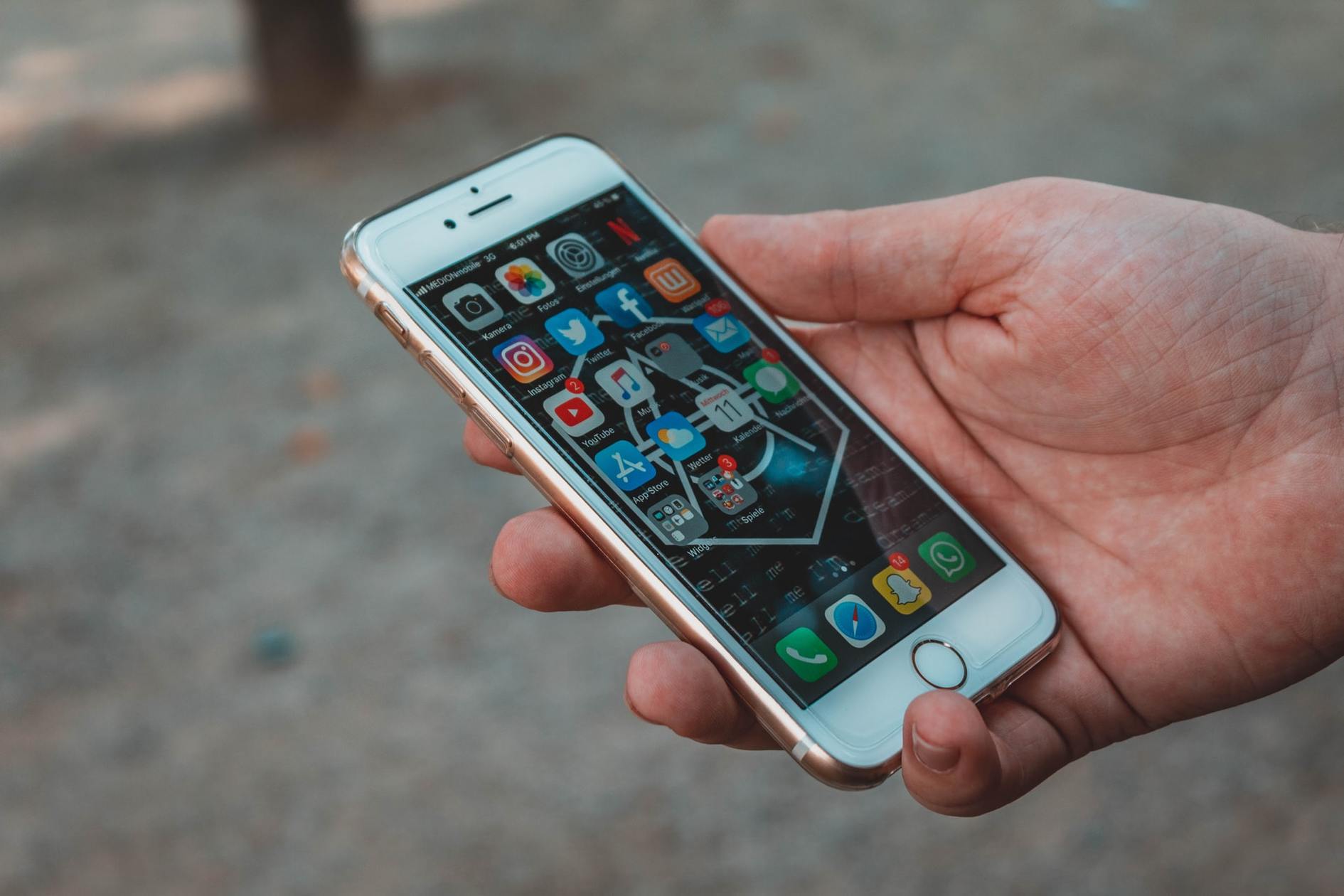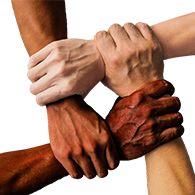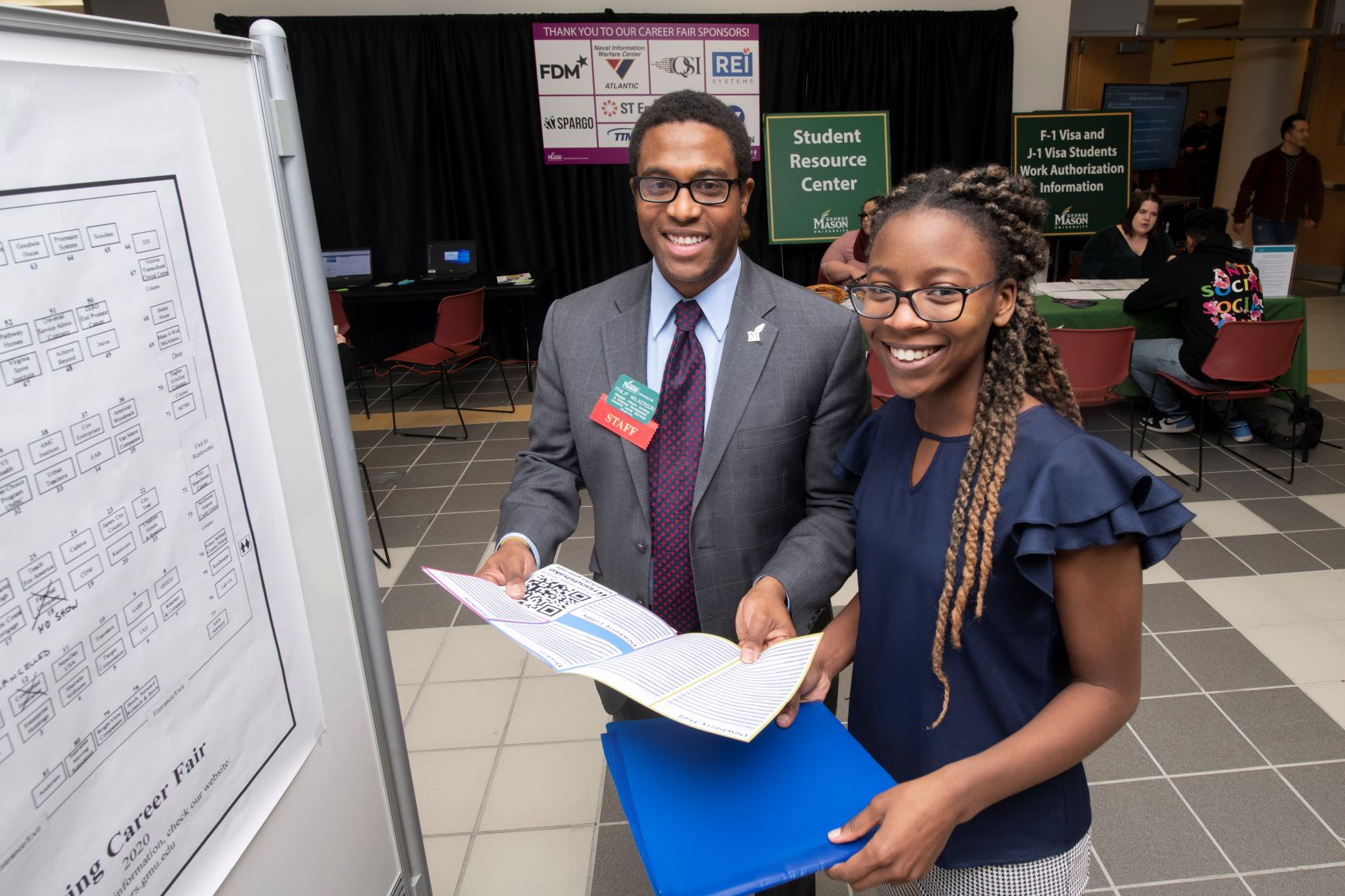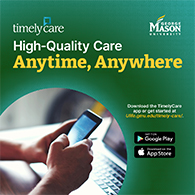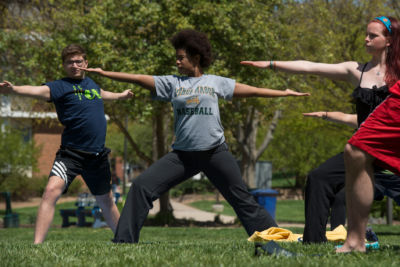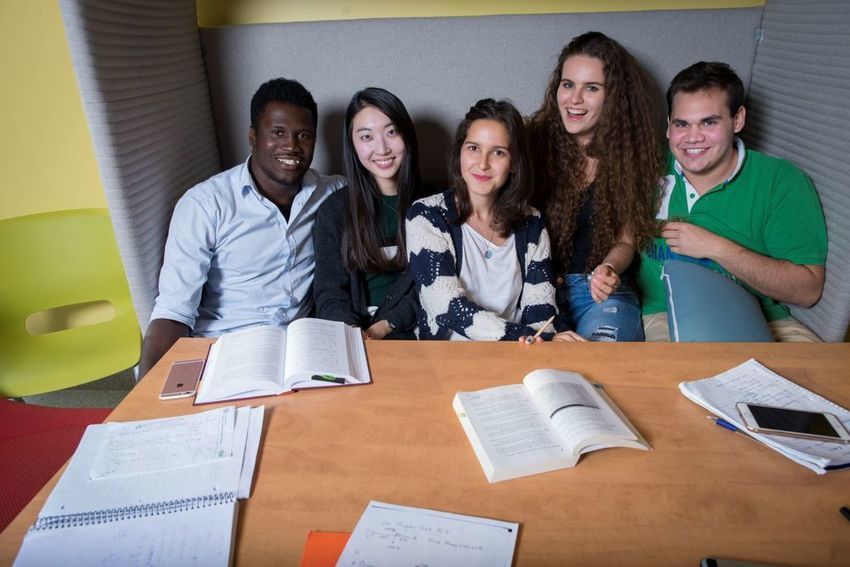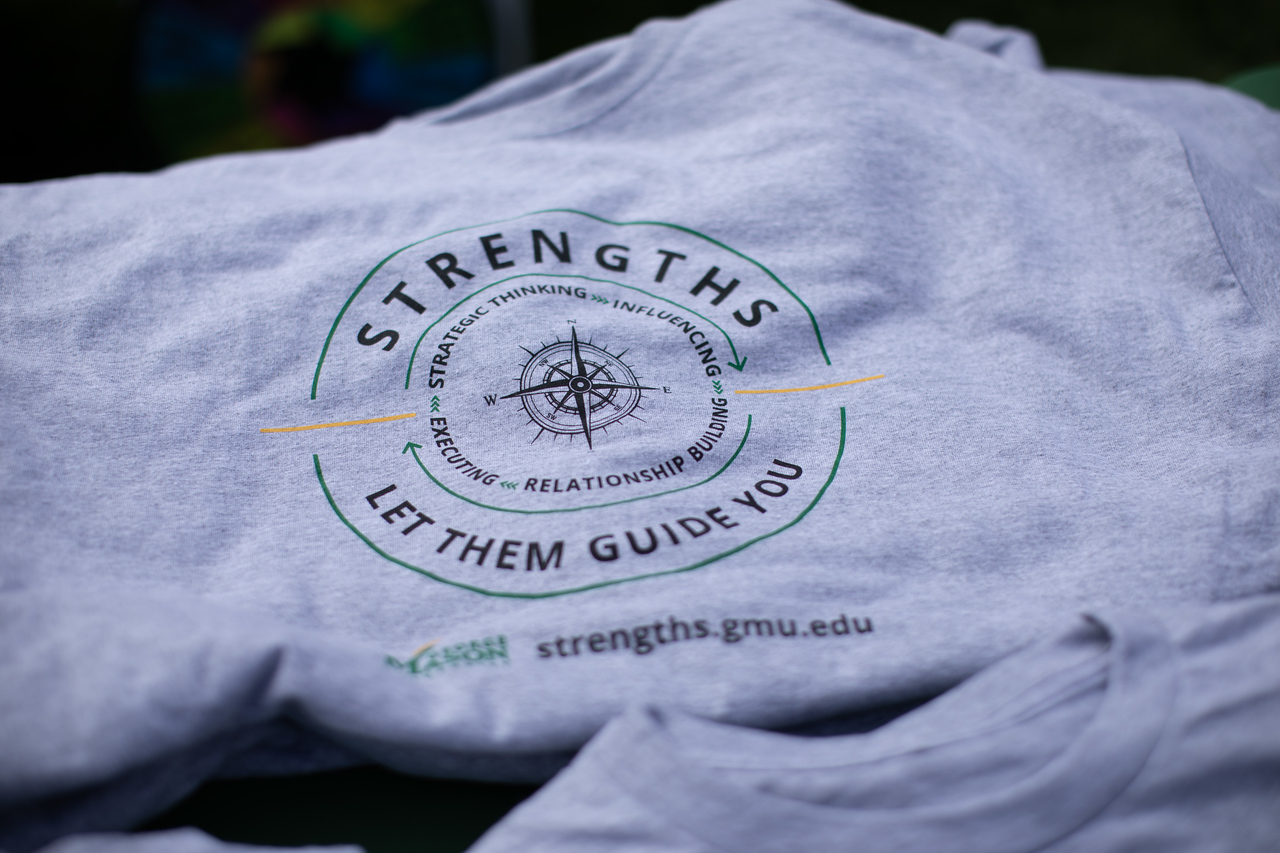By: Melissa Schreibstein, Director of Well-Being Programs
“I define connection as the energy that exists between people when they feel seen, heard, and valued; when they can give and receive without judgment; and when they derive sustenance and strength from the relationship.” – Brené Brown
If you build and strengthen the relationships that matter to you, that will have an exponential positive effect on the well-being in our world. Here’s how social connections at home and work affect your health and well-being.
Activity
Connect with Two People
Pick two people to build social connection with this week. Make at least one of those two a colleague from work or a peer from your class. Schedule a video chat or phone call, and make space in your calendar to be fully present during your conversation. You could decide to “meet” for lunch or dinner or take a walk together on the phone — whatever will allow you to be together socially. The articles listed in the additional resources section offer other great suggestions for connecting virtually during this time.
Use this form to send us a photo or share a short story of your social connection to feature in an upcoming weekly release.
Research
We are all social beings who need to connect and care. In this time of stress and illness, we need more social support, not less. Even the idle chitchat of close colleagues that we might take for granted in the office has been shown to increase production, job satisfaction, positive emotions, and well-being.
Data suggests that we should have six hours of social time per day to increase well-being and decrease stress and worry. Those six hours can include time at work, home, on the phone or video chat, sending email, or other communication. Each hour of social time decreases our chances of having a bad day. (Gallup, 2010)
Social relationships contribute to our emotional regulation. Friends and family members can cheer us up or soothe our anxiety. Research shows that it’s helpful to have broader social networks with different relationships to turn to for different emotional needs. (Cheung, 2015)
Phone or video chat conversations that are closer to what we experience when in proximity to friends and family can help strengthen connections, but so can “frequent, lightweight contact” such as text messages and sharing links. (The Atlantic, 2020)
Additional Resources
Making Connections in the Age of Coronavirus:
The Art of Socializing During a Quarantine: https://www.theatlantic.com/family/archive/2020/03/coronavirus-quarantine-socializing/608020/
The Daily, New York Times Podcast special episode:
https://podcasts.apple.com/us/podcast/special-episode-alone-together/id1200361736?i=1000469029722
The Social Muscle by John T. Cacioppo and Stephanie Cacioppo
Your Friends and Your Social Well-Being:
https://news.gallup.com/businessjournal/127043/friends-social-wellbeing.aspx
Quotes on the Well-Being Benefits of Relationships with Friends and Family: https://wellbeing.gmu.edu/articles/11102
Write one of these Thriving Together Series features! We’re looking for contributions on all topics related to well-being. Read other Thriving Together Series articles here and contact us at [email protected] for guidelines. Thank you for helping our Mason community thrive together online!

